
Brits could receive a firm kick in their mixed nuts this Christmas, as crop problems and growing demand have sent almond prices soaring.
Production in California - the world’s largest almond producer, at about 80% of global supply - is expected to be down 2% year on year for 2013/14. Californian almonds have moved from about $7,000/t to just over $8,000/t [Mintec].
Mintec added that the decline was partly due to a dramatic fall in the local bee population, which hindered pollinationof almond groves.
The main almond region in Spain - another major producer - meanwhile suffered from exceptionally wet weather this spring, which cut the number of maturing almond plants. Prices for Spanish almonds have soared from just over $5,000/t a year ago to about $7,500 [Mintec].
Demand for almonds is high, with China and India increasingly competing with European buyers for stocks. “We have noted a 20% increase in demand for our almonds compared with this time last year, and our supplies have been affected by the global harvests,” said Tasneem Backhouse, sales director of importer EHL Ingredients, adding almonds from California were also smaller than usual.
Because supplies were so tight, EHL had to source almonds from wherever possible and was therefore unable to guarantee “preferred origins” at the moment, she added.
It remains to be seen if increases in wholesale prices will feed through to retail prices on nut mixes and almond-based products such as marzipan or if price increases will filter through ahead of Christmas. Backhouse said suppliers like EHL were working hard to keep price increases at bay, but suggested some increases would be inevitable. “Almonds are generally one of the most inexpensive nuts on the market, compared with pistachios, pecans and walnuts, but as demand for almonds in the UK is on the up, it looks like likely prices will increase.”
However, Richard Waycott, president and CEO of the California Almond Board, struck a more positive note. He said while almond production in Californian production would be lower, “this will most likely still be the third-largest crop on record”. He added: “A variety of factors impact the crop each year, such as rainfall and the amount of water available for irrigation, weather during bloom and naturally occurring fluctuations in the crop which affect annual yields”.





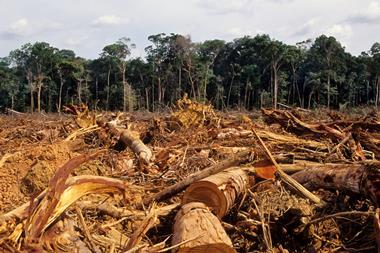

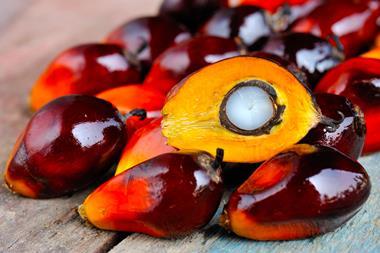
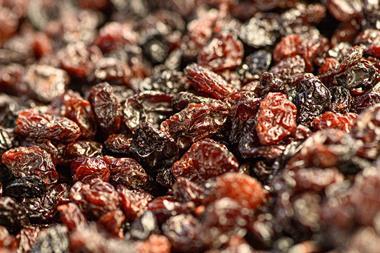

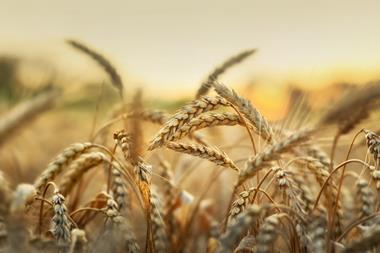
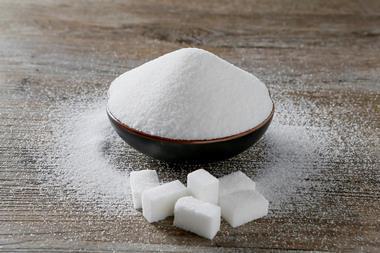

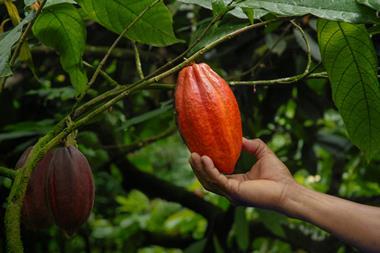
No comments yet